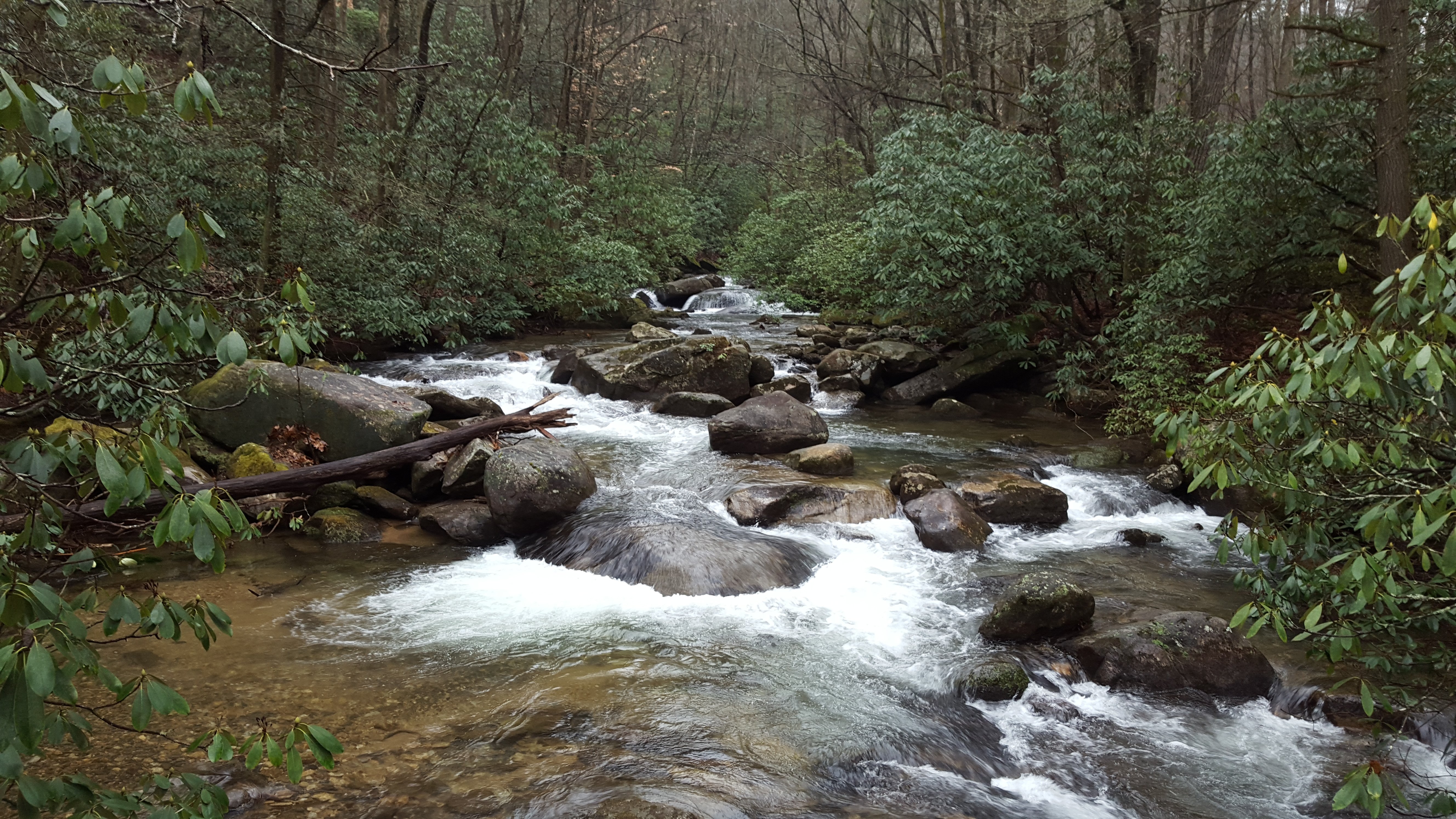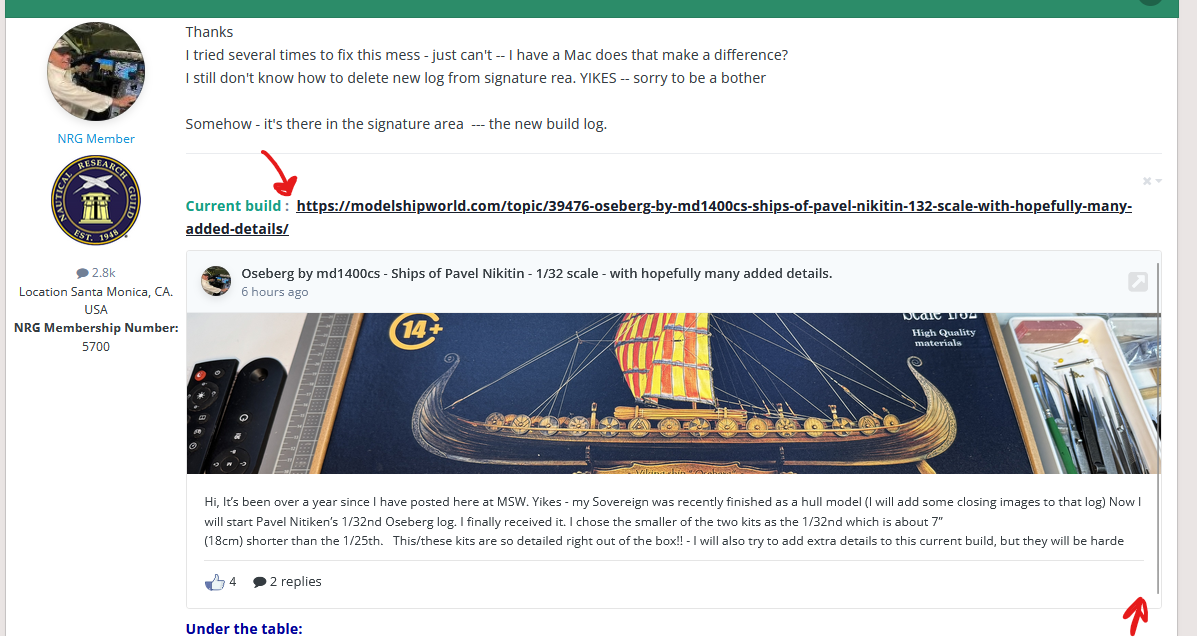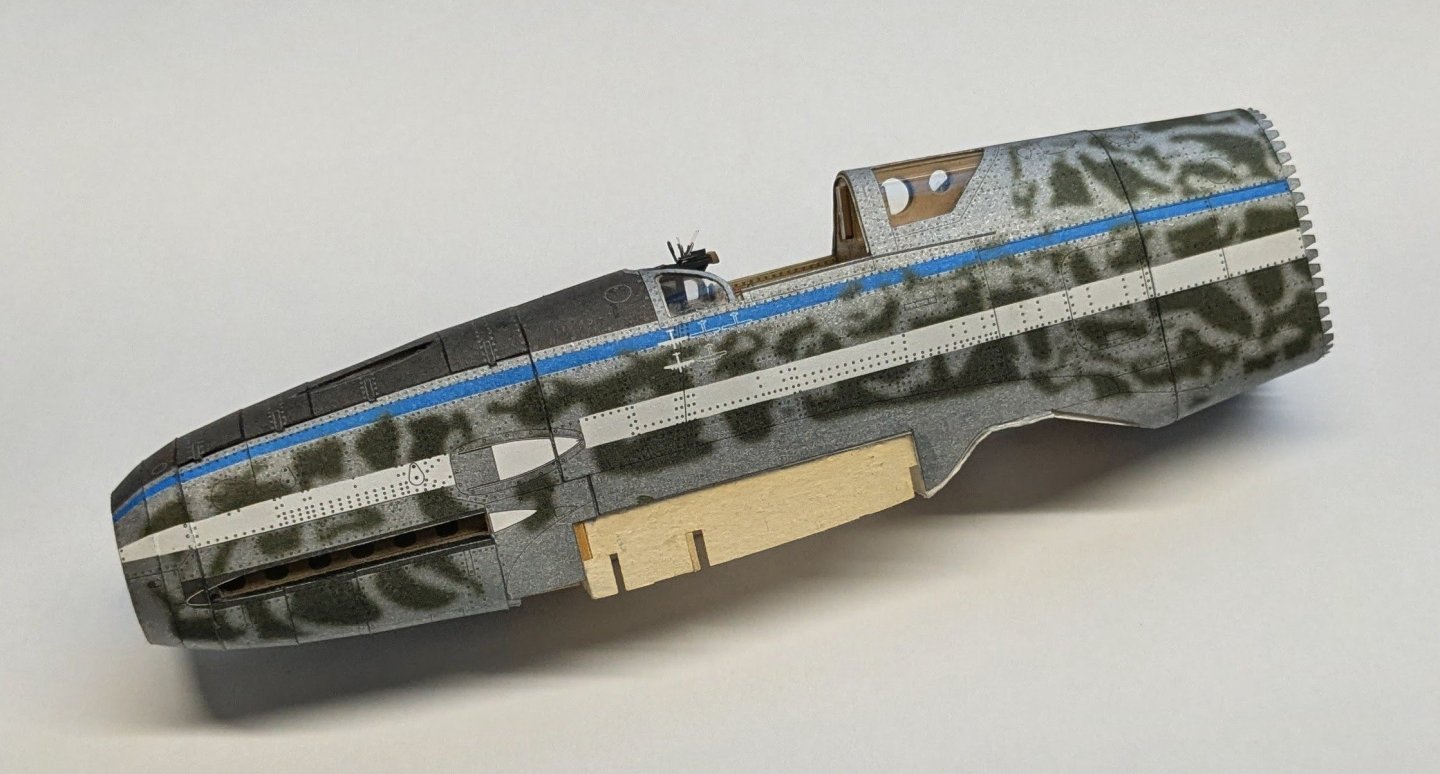-
Posts
10,496 -
Joined
-
Last visited
Content Type
Profiles
Forums
Gallery
Events
Everything posted by ccoyle
-
Work has commenced on the fiddly tail wheel assembly. I can foresee some stability issues with this structure once the wheel has to bear the weight of the finished model, so I plan to incorporate some judicious stiffening with CA. The interior portion of the wheel well will only be partially visible if the viewer were to turn the model over while viewing it -- which would of course subject the viewer to the very real possibility of physical harm at the hands of the model's irate builder!
-
Congratulations on completing a very colorful and visually engaging model!
- 91 replies
-
- Corel
- Große Jacht
-
(and 2 more)
Tagged with:
-
That's an adjacent country -- close enough? 🤔😂
-
Welcome back, Paul!
-
Welcome aboard!
-
Welcome aboard! Your pram looks great. I also love the "pre-cutted frames" in the Amati kit. In case you didn't know already, that kit represents a Tancook whaler, a type native to the US Northeast. A now-defunct company called Freedom Song Boatworks made a kit of one years ago that is even more primitive than the Amati version. I did a review of it here. Cheers!
-
One more fuselage section added. The fit between the two sections was extremely tight -- too tight, in fact -- the result of not adequately beveling the aft-most cockpit frame. While wracking my brain about how to fix this, a 'new' idea popped into my head, except it's probably not new, since our Polish friends have likely thought of this already. It occurred to me that the frames are made of pulp board (duh), and pulp board can easily be deformed. So, using the flat end of a pair of tweezers, I simply burnished the offending parts of the cockpit section until the aft fuselage section fit properly. We're talking about only a tiny amount of deformation needed to do the job, and it worked a treat. You may recall I was worried earlier about some possible registration errors between sections as a result of not getting the cockpit skin aligned 100% correctly on this port side, but I'm very happy with how well the two sections have gone together. Overall I am very pleased with how this kit has gone together so far. The next part of the build takes us to the fuselage section that houses the tail wheel well, so there is a bit of framing and other structural work to be done. Cheers!
-

USS Constitution by Herbert Heger
ccoyle replied to Herbert Heger's topic in - Build logs for subjects built 1751 - 1800
Moin, Herbert. You can either edit the original post using the built-in editing feature (click the three dots, then select 'edit' from the drop-down menu -- see attached), or you can simply add the English text in a separate reply. -
An eagle-eyed member alerted me to this build log being in the wrong sub-forum, but it is all fixed now!
- 45 replies
-
- Dory
- Lowell Grand Banks Dory
-
(and 3 more)
Tagged with:
-

USS Constitution by Herbert Heger
ccoyle replied to Herbert Heger's topic in - Build logs for subjects built 1751 - 1800
Moin, Herbert! Vielen Dank, dass Sie Ihr Projekt mit uns geteilt haben! Bitte beachten Sie jedoch, dass MSW alle Beiträge in englischer Sprache verlangt. Hierfür reicht die Verwendung eines Online-Übersetzers aus. Thanks for sharing your project with us! Please note, though, that MSW requires all postings to be made in English. For this purpose, the use of an online translator is sufficient. Cheers!
About us
Modelshipworld - Advancing Ship Modeling through Research
SSL Secured
Your security is important for us so this Website is SSL-Secured
NRG Mailing Address
Nautical Research Guild
237 South Lincoln Street
Westmont IL, 60559-1917
Model Ship World ® and the MSW logo are Registered Trademarks, and belong to the Nautical Research Guild (United States Patent and Trademark Office: No. 6,929,264 & No. 6,929,274, registered Dec. 20, 2022)
Helpful Links
About the NRG
If you enjoy building ship models that are historically accurate as well as beautiful, then The Nautical Research Guild (NRG) is just right for you.
The Guild is a non-profit educational organization whose mission is to “Advance Ship Modeling Through Research”. We provide support to our members in their efforts to raise the quality of their model ships.
The Nautical Research Guild has published our world-renowned quarterly magazine, The Nautical Research Journal, since 1955. The pages of the Journal are full of articles by accomplished ship modelers who show you how they create those exquisite details on their models, and by maritime historians who show you the correct details to build. The Journal is available in both print and digital editions. Go to the NRG web site (www.thenrg.org) to download a complimentary digital copy of the Journal. The NRG also publishes plan sets, books and compilations of back issues of the Journal and the former Ships in Scale and Model Ship Builder magazines.










